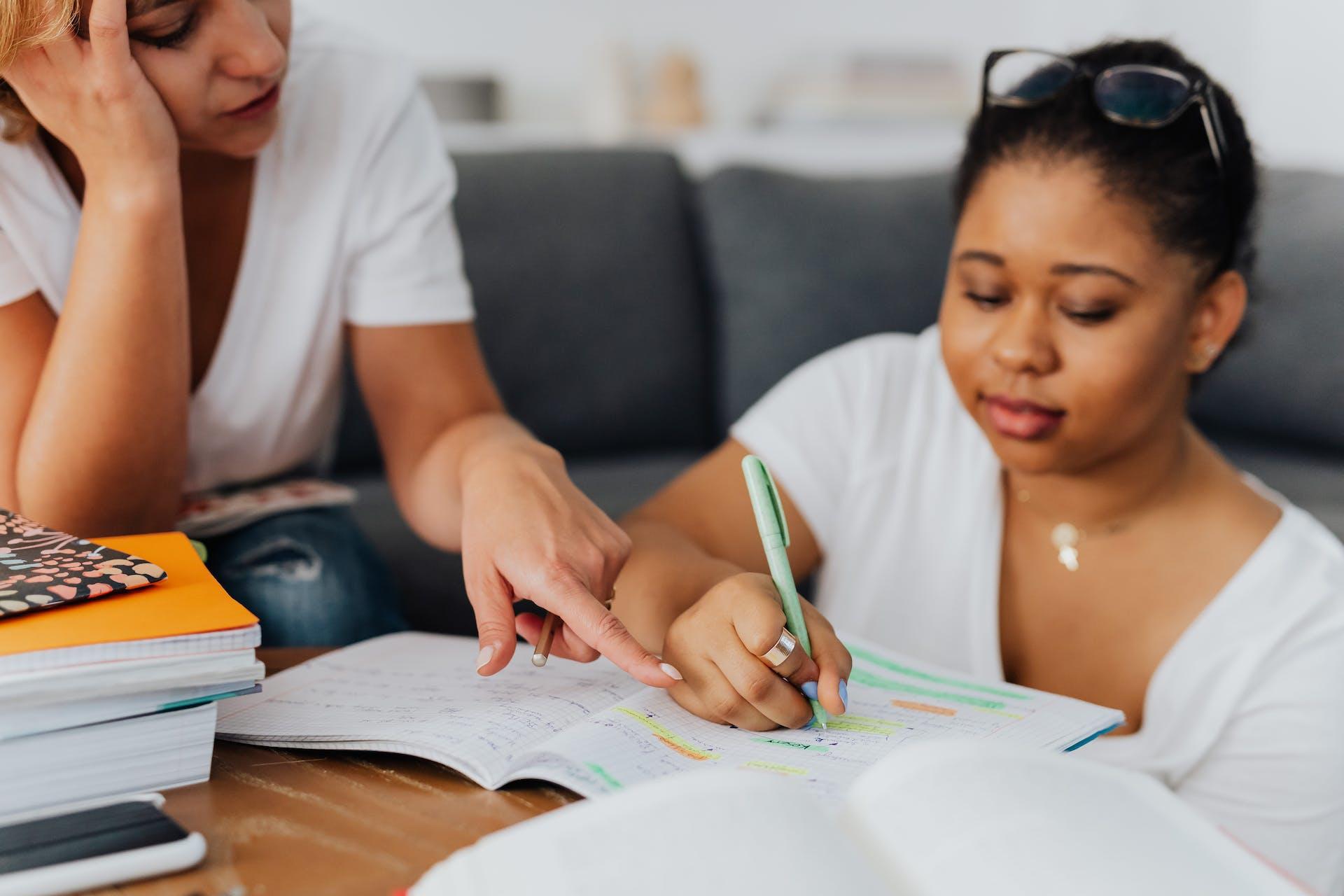Learning is an individual pursuit we must undertake as we go through an infinite sea of information and experience. Since every person has a different preferred learning method, there isn't a single roadmap for this investigation. The secret to success in school and life may lie in discovering your preferred learning style.
This article will examine the fascinating concept of customizing teaching methods to meet your learning requirements.
Whether your preferred learning style is physical, auditory, visual, or a complex combination of mentioned styles, learning how to tailor your educational experience can improve learning outcomes while making it more enjoyable.
Come on a journey to discover the core of individualized education, where instruction becomes a partnership between teachers and students to foster mental health and encourage personal development.
Discover the keys to success in your academic and personal endeavors by identifying how you learn best and modifying your approach to make learning more efficient and pleasurable.
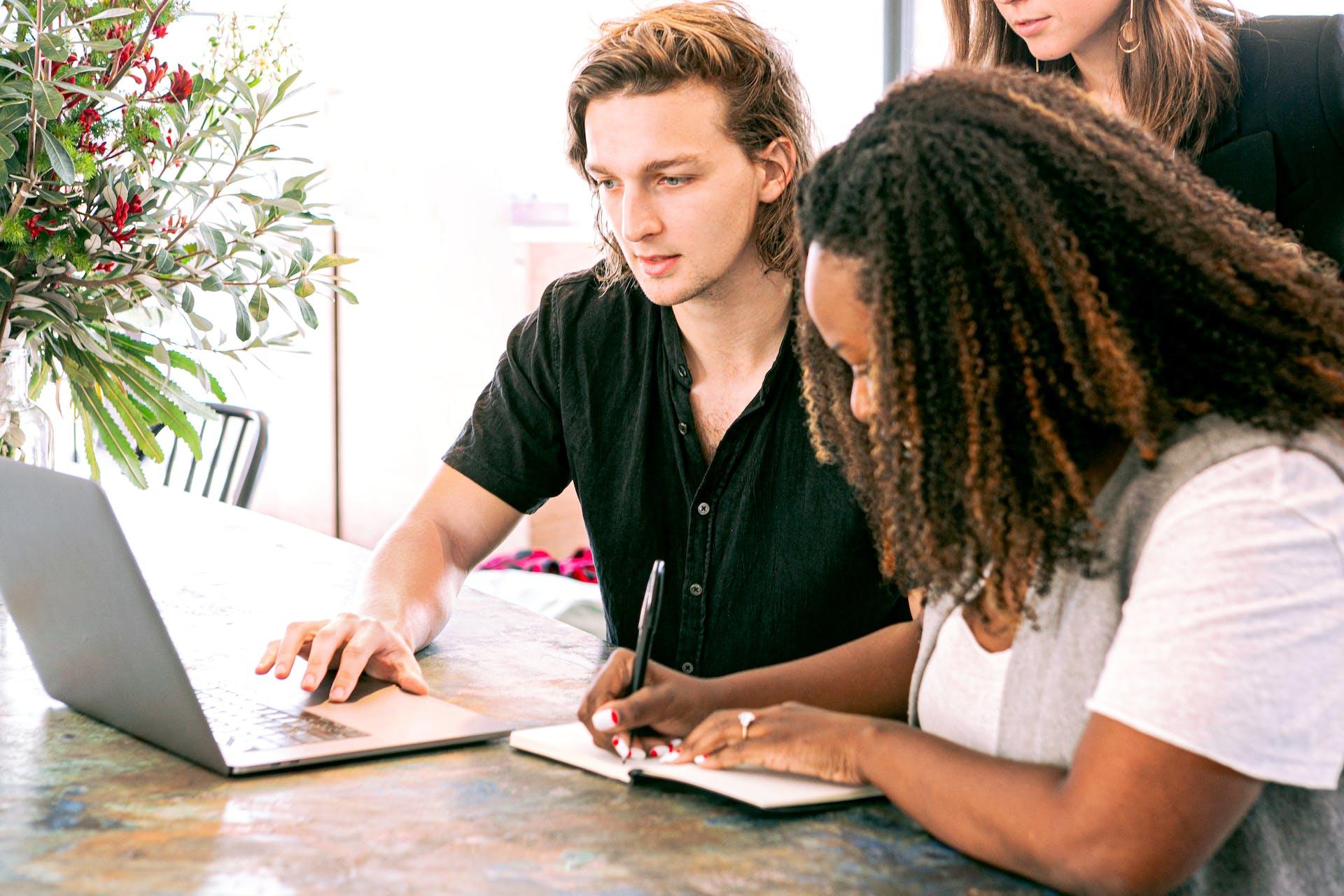
Are you interested in the Qualities to Look for in a Good Tutor? You are at the right place.

Why is it important to match teaching and learning styles?
Matching teaching and learning styles is crucial beyond simply adapting the educational process to individual preferences. Here are five key reasons:
- Optimization of comprehension and retention: Individuals have different learning styles. This is why it is vital to match teaching and learning styles. By aligning the education method to the learner's predominant style, comprehension and retention of information can be significantly improved. For example, visual learners benefit more from graphical aids such as graphs or diagrams, whereas auditory learners may prefer verbal explanations or discussions.
- Promoting inspiration and engagement: Tutors can create more engaging learning environments by considering individual's learning styles. Students may feel more motivated and actively involved in their learning when given teaching methods that align with their personal preferences. It can increase intrinsic motivation and create a long-lasting interest in the topic.
- Eliminating learning obstacles: If learning style differences are neglected to be taken into account, they may result in understanding barriers. These obstacles can be reduced by changing teaching strategies, which increases the diversity of learners who can achieve. This is especially crucial in inclusive classroom environments where a range of learning preferences is expected.
- Improving adaptation skills: Students exposed to various teaching styles will be better equipped to adjust to multiple learning environments in the future. In a world that is constantly changing, in which flexible thinking and the capacity for diverse learning methods are valuable advantages, this adaptive talent is becoming increasingly important.
- Enhancing the interaction between instructors and students: instructors build stronger bonds with their students when they acknowledge and value each student's unique learning style. As a result, an educational setting is produced where needs are recognized, communication is encouraged, and instruction is collaborative rather than only imparting knowledge. A healthy partnership creates an environment that is suitable for learning.
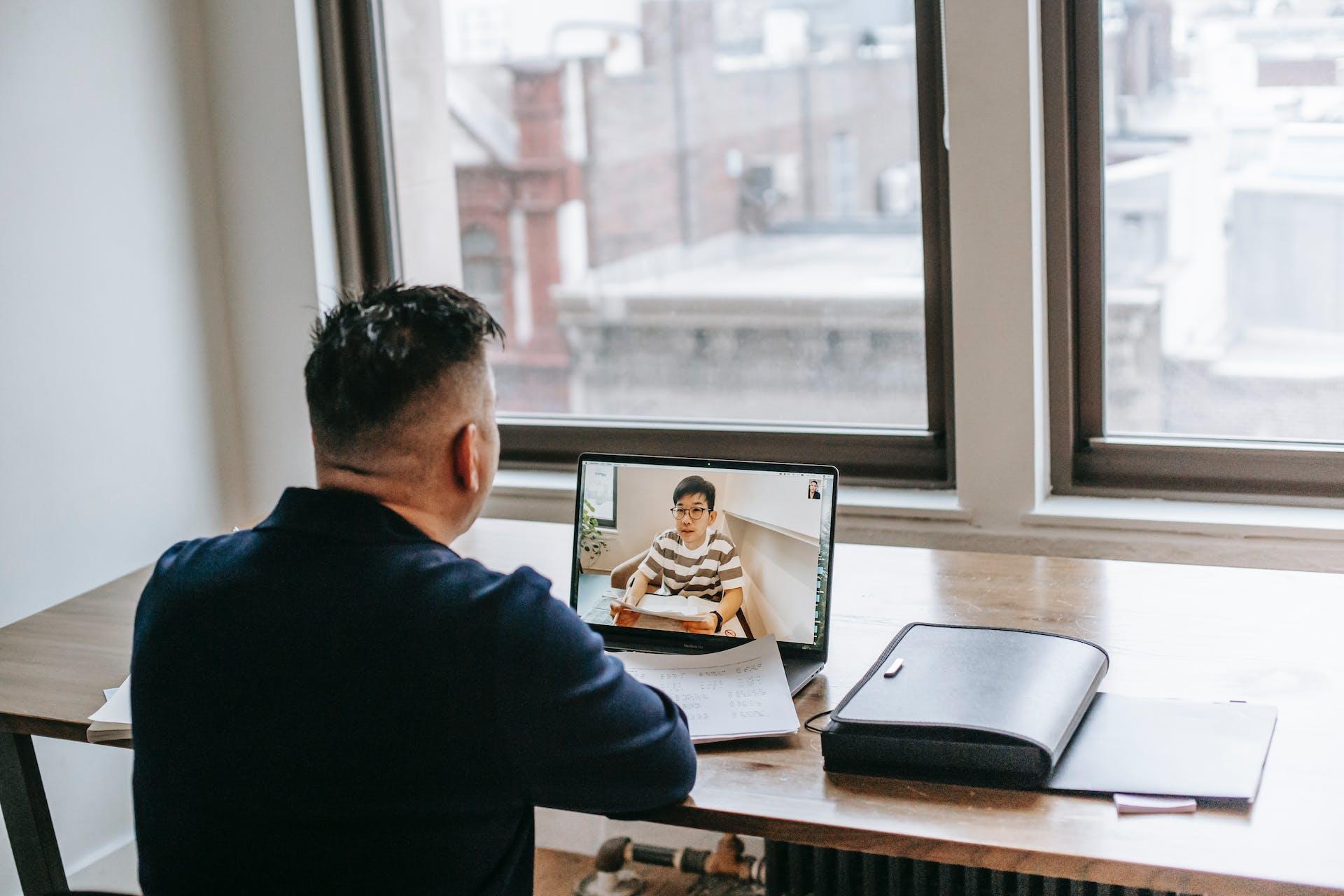
Here are the Signs of a Great Tutor-Student Match
What are the best ways to meet the needs of different learning styles?
- Diversity of teaching approaches: Providing a range of instructional approaches helps fit various learning preferences. For kinaesthetic learners, encourage hands-on, participatory activities; for auditory learners, promote discussion and debate. You may establish a diverse educational setting where everyone can reach their potential by varying your techniques.
- Tailored educational pathways: Provide personalized learning pathways considering each learner's interests and strengths. Determining preferred learning styles may involve preliminary evaluations and then individualized learning strategies. Educational technology has the potential to give a more personalized learning experience by providing resources that are customized to each learning style.
- Support flexibility: Encourage flexibility by giving students various options to select the one that most closely matches their preferred learning style. Provide options like reading a text, watching an illustrative video, or listening to it as a podcast. Because of this flexibility, students feel more in control of their education and are motivated to participate more actively and successfully take charge of it.
If you are looking to Find the Right Tutor for Your Success in Canada, you can click on this link.

How does teaching style affect learning?
How you teach dramatically impacts how well students learn, comprehend, and recall the material. A tutor can create a more productive and inspiring learning environment by adapting their style to fit the needs and preferences of their pupils.
For instance, visual learners who prefer graphic information representation might benefit immensely from teachers who employ visual tactics, such as diagrams, graphs, or presentations. Kinaesthetic learners, who discover best via hands-on experiences, are drawn to teachers who use interactive approaches, group discussions, and hands-on demonstrations.
Student motivation can also be impacted by the methodology that you communicate. A teacher can create an environment favorable to learning by using an interactive and engaging strategy that stimulates students' active interest.
Conversely, a repetitive or incompatible teaching style might cause students to become disinterested, demotivated, and retain less information. To put it briefly, adapting teaching methods to the various requirements of students creates an educational atmosphere in which each student has the chance to grow and reach their full potential.
Furthermore, how crucial abilities like creativity, critical thinking, and problem-solving are developed can also be influenced by the method used for teaching.
These abilities can be generated by a tutor who supports project-based learning and engaging activities; on the contrary, a more conventional teaching approach emphasizing memorization may restrict students' capacity to apply their information creatively. In this way, a teacher's approach delivers knowledge and influences how pupils learn the skills necessary to succeed in a constantly evolving world.
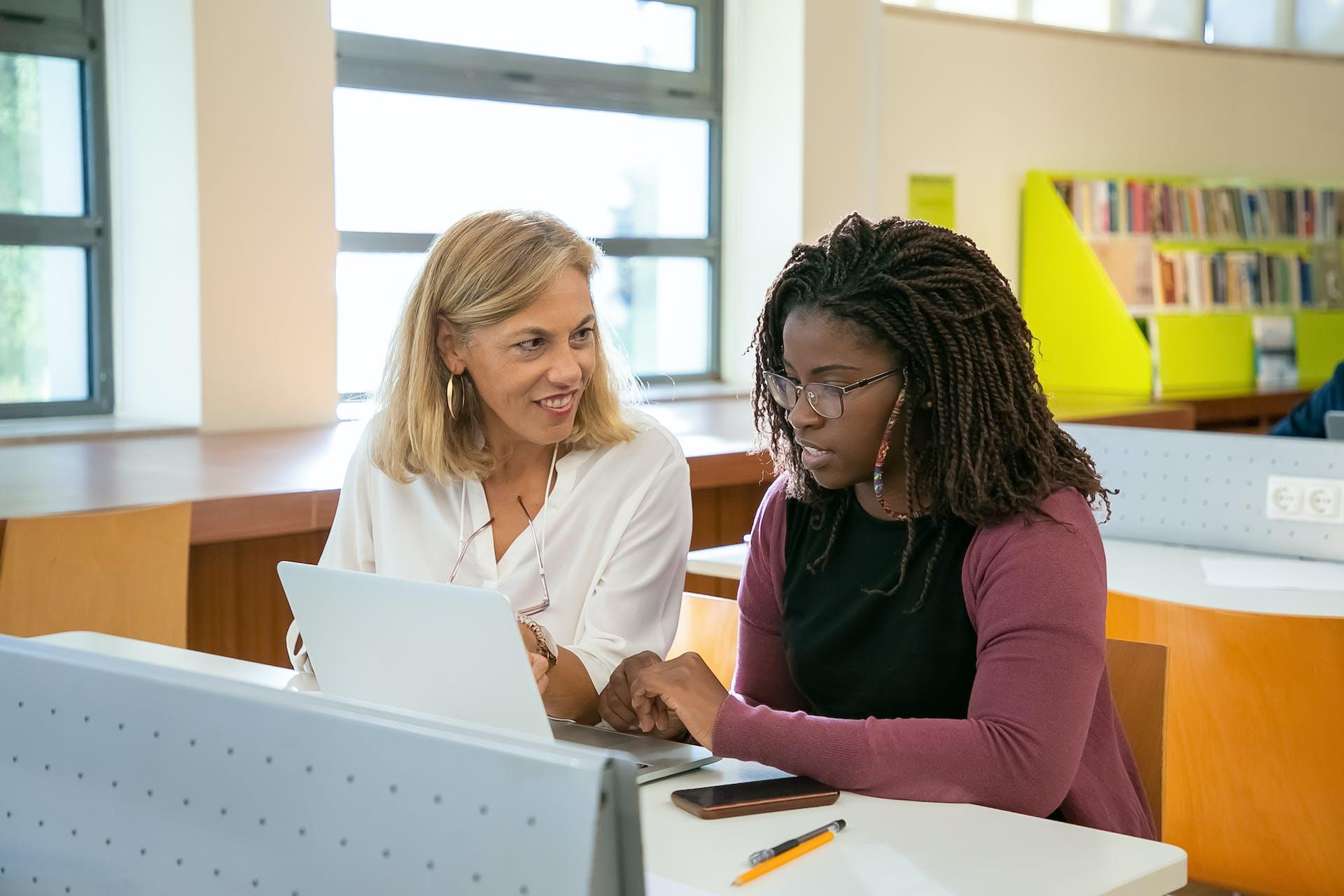
So, with the information given to you till now, Online vs. In-Person Tutoring: What Works for You?
How do we match methodology to learner needs?
A comprehensive understanding of the variety of learning styles is vital for the complex and dynamic process of adjusting teaching methods to the needs of students. Prioritizing the identification and evaluation of the many learner types in the classroom is crucial.
This might be achieved utilizing preliminary assessments, conversations, or surveys designed to determine personal characteristics concerning visual, auditory, kinaesthetic, or a mix of these learning methods. This initial phase makes it possible to map out the different demands of the learners in the group.
Next, it's critical to customize the methods of teaching applied. For those who learn best visually, this can involve using visual aids like slide shows, films, or diagrams.
Discussions, lectures, or audio recordings could be more appealing to auditory learners. Lastly, practical exercises, role-playing, or physical demonstrations can help kinaesthetic learners grasp concepts better. The secret is to be adaptive and accessible to students to select the methods that best fit their preferences.
Furthermore, customizing learning pathways is an essential factor in changing the approach. Tutors can address each learner's unique needs by creating individualized educational programs.
Education technology can help with this individualization by providing materials designed to meet the needs of various learning styles. To improve student engagement and comprehension, interactive modules, online discussion boards, and self-assessment tasks can be implemented to allow learners to go at their own pace.
Lastly, fostering a collaborative learning culture can also help implement the methodology. Students can benefit from their colleagues' varied perspectives and experiences.
Collaborative exercises, group projects, and class debates can create an atmosphere where various teaching strategies complement one another. This goes above the tutor's responsibility, placing learners at the heart of their educational experience.
To summarise, modifying learning pathways, establishing a collaborative learning culture, precise assessment, and flexible teaching are all necessary for personalizing approach to the needs of students. Teachers can use these components to establish dynamic, inclusive learning environments that support each learner's achievement.
Here are the secret Tips for Finding the Perfect Subject-Specific Tutor by Superprof.
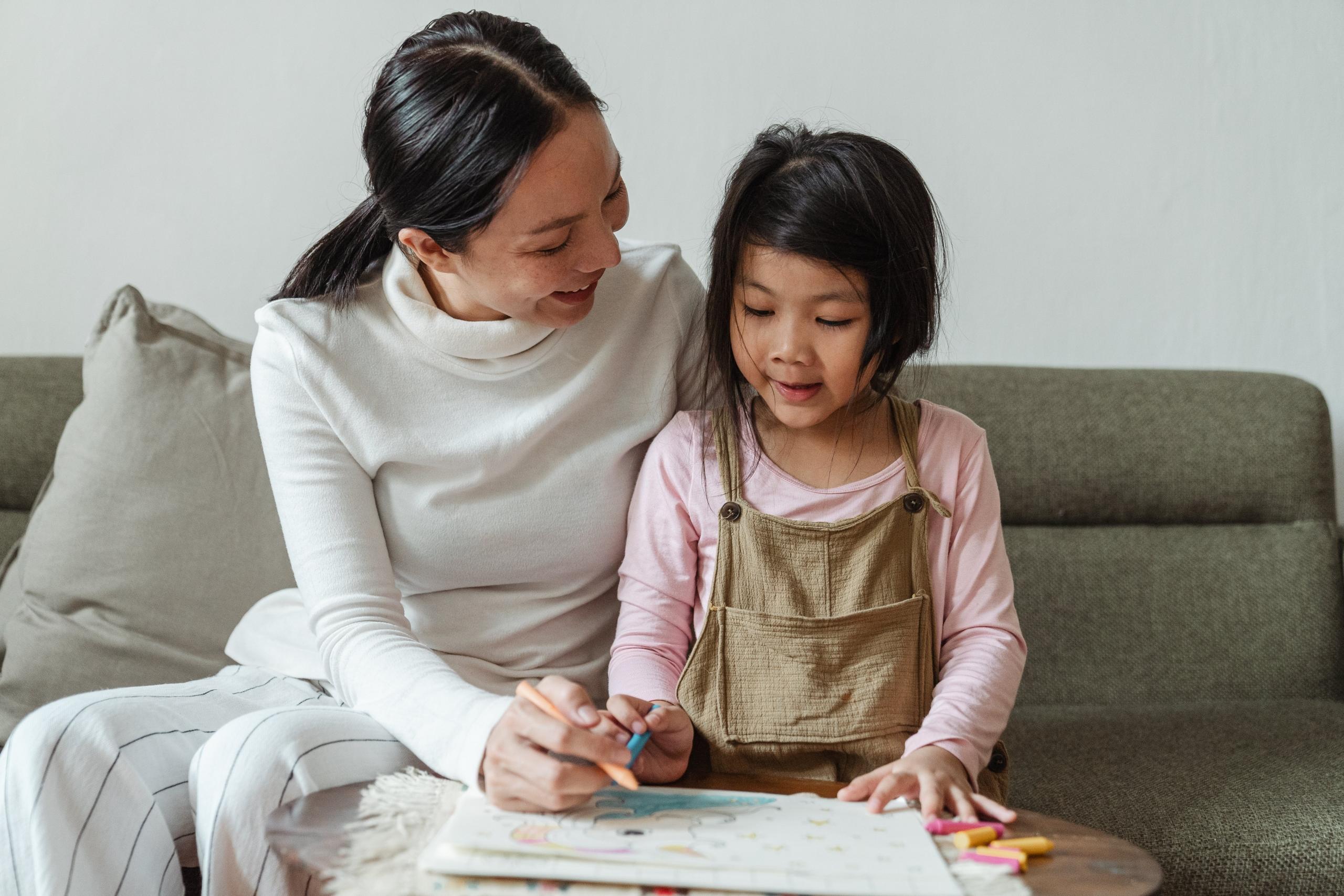
How does Superprof provide the best teaching style for different educational goals?
In the complex world of education, it is crucial to identify and modify teaching methods to meet the needs of each student. Upon exploring the ever-changing domains of auditory, visual, and kinesthetic learning, it is evident that more than a common approach is required.
Superprof Canada is dedicated to creating a learning environment where teachers and students work together in a dynamic connection, customizing the educational experience to fit each student.
Superprof Canada tutors can help students reach their full potential by embracing the diversity of learning styles. Integrating diverse pedagogical approaches, customized education systems, and interactive technological tools guarantees that learning becomes cooperative.
It's about sharing knowledge and giving students the tools they need to succeed in ways that match their preferences.
Leading the charge in an educational revolution, Superprof Canada supports matching teaching methods to learning needs. This dedication goes beyond the classroom and reflects that education is a transforming journey rather than a destination.
Together, Superprof Canada's tutors and students are more than just participants; they are collaborators in a more varied and adaptable educational environment that promotes learning for lifetime learning, comprehension, and progress.

